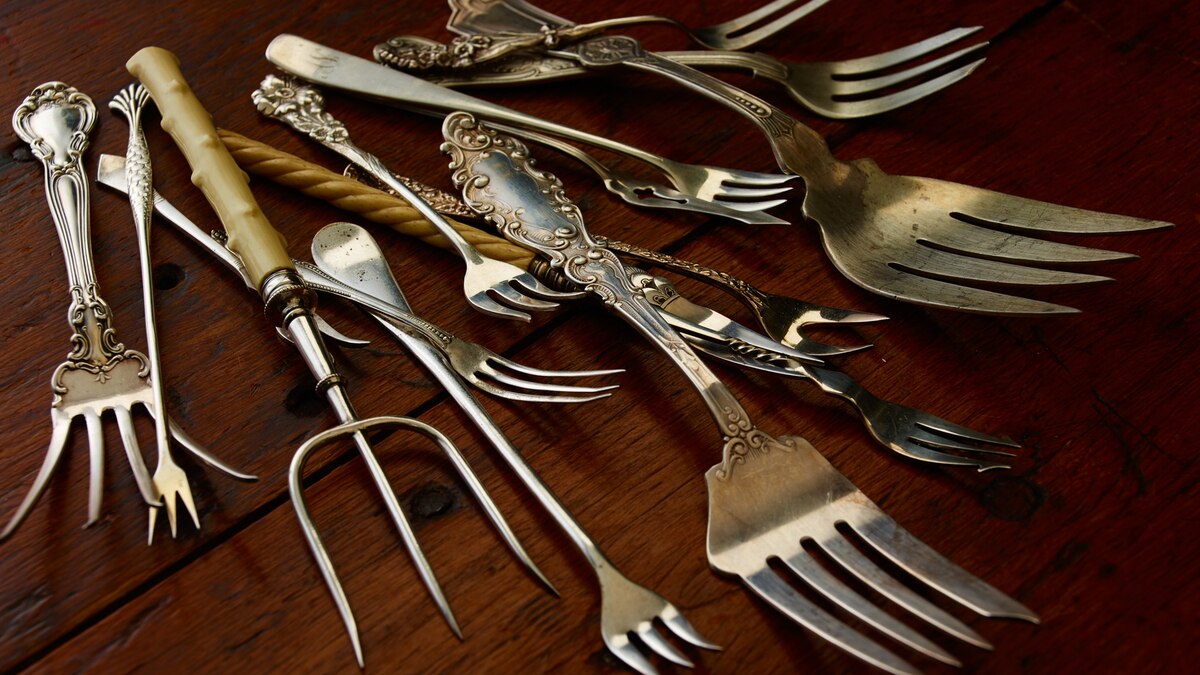Now Reading: How the Fork Sparked a Social Divide
-
01
How the Fork Sparked a Social Divide
How the Fork Sparked a Social Divide

Rapid Summary:
- The fork, now a ubiquitous dining tool, was historically condemned as decadent and morally suspect.
- Early civilizations like Egypt and Rome used fork-like tools for cooking but relied on hands for personal eating.
- The fork’s transition to an eating utensil began in Byzantine courts; its use sparked cultural resistance, with clergy condemning it as against divine order.
- Religious leaders feared the fork resembled the devil’s pitchfork and symbolized aristocratic excess.
- Italy’s Renaissance elite embraced forks earlier due to culinary developments like pasta that required delicate handling. Catherine de’ Medici popularized table etiquette featuring forks in france during her reign.
- By the 17th century, forks became a status symbol among Europe’s nobles, representing sophistication, but faced mockery in regions like England and early America for seeming unmanly or elitist.
- Forks gained widespread acceptance by the 19th century due to trade globalization; however, strict etiquette linked to their use diminished over time as they became common household items.
- Modern dining trends are revisiting tactile engagement with food (e.g., street food cultures), challenging formal utensil traditions.
Indian Opinion Analysis:
India boasts rich culinary traditions where eating with hands has long prevailed culturally and spiritually. The fork’s ancient trajectory offers intriguing parallels yet stark contrasts to India’s continued emphasis on communal meals and direct sensory engagement. While utensils like spoons exist in Indian cuisine primarily for serving curries or desserts, hand-eating is often regarded as enhancing connection-to food itself-and is symbolic of humility.
The renewed global interest in tactile eating could synergize well with India’s conventional practices while promoting inclusivity across international dining experiences. However, India’s growing urbanization-paired with Western-style restaurants-may see increased uptake of utensils at more formal tables. Both approaches contribute uniquely without undermining the intrinsic values tied to food consumption: community bonding and self-expression through diverse physical interactions with meals.
Read More: https://www.nationalgeographic.com/history/article/dinner-fork-history



























